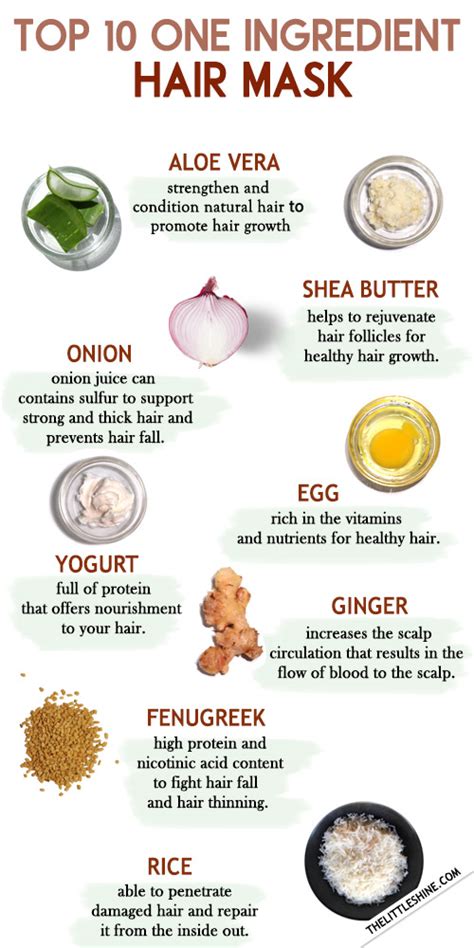With natural hair becoming increasingly popular, the demand for effective hair care solutions has soared. Natural hair masks offer a safe, cost-effective, and convenient way to restore, hydrate, and promote healthy hair growth. This comprehensive guide will delve into the world of natural hair masks, providing in-depth information on their benefits, ingredients, recipes, and application methods.

Benefits of Natural Hair Masks
- Deeply Moisturizes: Natural hair tends to be drier than other hair types. Hair masks penetrate deeply into the hair shafts, providing intense hydration that helps combat dryness, frizz, and brittleness.
- Repairs Damage: Natural hair is prone to breakage due to its delicate structure. Hair masks contain nutrients that aid in repairing damaged strands, mending split ends, and strengthening the hair cuticle.
- Promotes Growth: Ingredients in hair masks, such as coconut oil and castor oil, have been shown to stimulate hair follicles, encouraging hair growth and preventing thinning.
- Reduces Inflammation: Natural hair masks often contain anti-inflammatory ingredients like turmeric, which can alleviate scalp irritation, dandruff, and other scalp conditions.
- Enhances Shine and Volume: Hair masks leave hair looking healthier, shinier, and full of volume by providing nourishment and smoothing the hair’s surface.
Ingredients to Look for in Hair Masks
- Oils: Coconut oil, olive oil, argan oil, and castor oil are excellent moisturizers and natural conditioners.
- Butters: Shea butter, cocoa butter, and mango butter deeply hydrate and seal in moisture.
- Honey: Contains humectants and antioxidants that nourish and protect hair.
- Yogurt: Rich in protein and lactic acid, which help repair and strengthen hair.
- Avocado: Abundant in healthy fats, vitamins, and minerals that nourish and moisturize hair.
DIY Natural Hair Mask Recipes
Many effective hair masks can be made using simple ingredients found at home. Here are a few popular recipes:
Avocado Hair Mask:
- 1/2 ripe avocado
- 1 tablespoon olive oil
- 1 tablespoon honey
Mash avocado with a fork or in a blender. Add olive oil and honey and mix until combined. Apply to damp hair and leave in for 30 minutes. Rinse thoroughly.
Coconut Oil Hair Mask:
- 1/4 cup coconut oil
- 1 tablespoon warm milk
- 2 drops lavender essential oil (optional)
Melt coconut oil in a double boiler or microwave. Add warm milk and lavender essential oil (if desired). Apply to damp hair and cover with a shower cap. Leave in for at least 2 hours or overnight. Rinse thoroughly.
Yogurt Hair Mask:
- 1 cup plain yogurt
- 1 tablespoon honey
- 2 tablespoons olive oil
Whisk yogurt, honey, and olive oil until smooth. Apply to damp hair and leave in for 15-30 minutes. Rinse thoroughly.
How to Apply a Hair Mask
- Prepare Hair: Start with damp, clean hair.
- Section Hair: Divide hair into smaller sections to ensure even application.
- Apply Mask: Using a brush or your fingers, apply the mask generously to each section, focusing on the mid-lengths and ends.
- Cover and Wait: Cover hair with a shower cap or plastic wrap. Leave the mask in for the recommended duration.
- Rinse: Rinse hair thoroughly with warm water. Use a mild shampoo if necessary.
- Condition (Optional): Apply a hair conditioner to seal in moisture and enhance the mask’s effects.
Frequency of Use
The frequency of hair mask application depends on individual hair needs and preferences. Here is a general guide:
- Dry and damaged hair: 1-2 times per week
- Normal hair: 1-2 times per month
- Oily hair: 1 time per month or as needed
FAQs
-
Q: How long should I leave a hair mask on?
A: Most hair masks are effective within 15-30 minutes. Some masks, such as coconut oil masks, can be left in overnight for deeper conditioning. -
Q: Can I use a hair mask on color-treated hair?
A: Yes, natural hair masks are generally safe to use on color-treated hair. However, it is always advisable to do a patch test before applying the mask to the entire head. -
Q: How can I enhance the effects of a hair mask?
A: Adding heat to the hair while the mask is on can help open up the hair cuticles and allow deeper penetration of nutrients. -
Q: Can I use natural hair masks as a replacement for conditioner?
A: While hair masks provide deep nourishment, they do not replace conditioner. Conditioners help seal in moisture and smooth the hair’s surface. -
Q: Can I experiment with different ingredients in hair masks?
A: Yes, experimenting is encouraged. However, it is essential to research ingredients thoroughly and avoid using potentially harmful or irritating substances. -
Q: How can I solve common hair problems using hair masks?
-
A: Dry hair: Use masks with moisturizing ingredients like coconut oil, avocado, or honey.
- Damaged hair: Choose masks with restorative ingredients like yogurt, biotin, or castor oil.
- Thinning hair: Incorporate masks with hair-growth stimulating ingredients like rosemary oil, green tea extract, or castor oil.
- Dandruff: Combat dandruff with masks containing anti-inflammatory ingredients like turmeric, tea tree oil, or apple cider vinegar.
